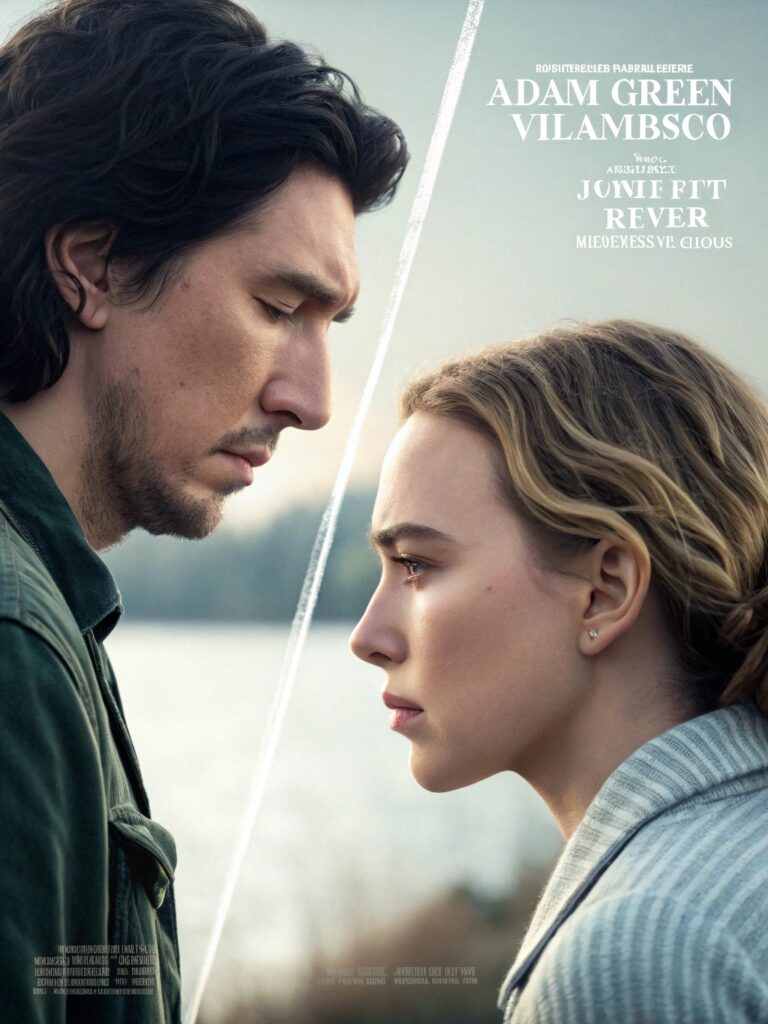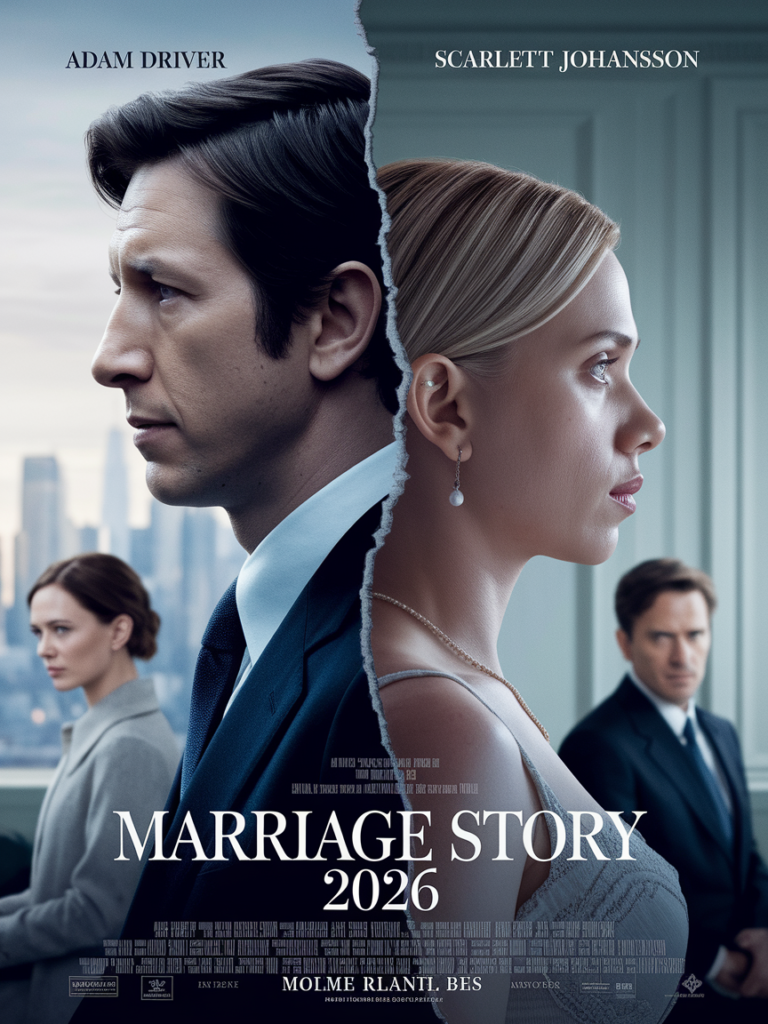
The sequel follows divorced couple Charlie (Adam Driver) and Nicole (Scarlett Johansson) years later, now navigating co-parenting their teenage daughter (Julia Greer) amid new relationships and career demands. When Nicole gets engaged, old wounds resurface during a disastrous family vacation. A raw confrontation reveals unresolved guilt, culminating in Charlie’s emotional breakdown—mirroring the original’s iconic fight scene. The film ends ambiguously: a bittersweet graduation scene suggests acceptance, but lingering close-ups hint at enduring love. A mid-credits scene teases a potential time-jump sequel, leaving their future open-ended.

Budget & Production:
Netflix greenlit the sequel for $35 million, doubling the original’s budget to accommodate higher salaries for Driver and Johansson and location shoots in New York and Italy. Director Noah Baumbach retained his indie ethos, filming in 35mm for emotional texture. The script’s improvisational style required extensive rehearsals, adding to costs.
Release Strategy:
Debuting at Venice 2026 (to mirror the original’s Oscar campaign), the film hits theaters November 2026 before streaming in December. Netflix plans a major FYC push, betting on awards traction for Johansson (Supporting Actress) and Greer (Breakthrough Performance).

Success Story:
The original Marriage Story (2019) was a critical darling, earning six Oscar nods (including acting noms for both leads). The sequel’s early buzz suggests similar acclaim, with praise for its deeper exploration of post-divorce dynamics. Test audiences called it “more devastating yet cathartic” than the first, particularly for Charlie’s redemption arc.
Industry analysts predict strong streaming numbers, given Netflix’s expanded global reach since 2019. Driver and Johansson’s star power (fresh from Star Wars and Jurassic World franchises) guarantees viewership, while Greer’s breakout role could launch her career.




